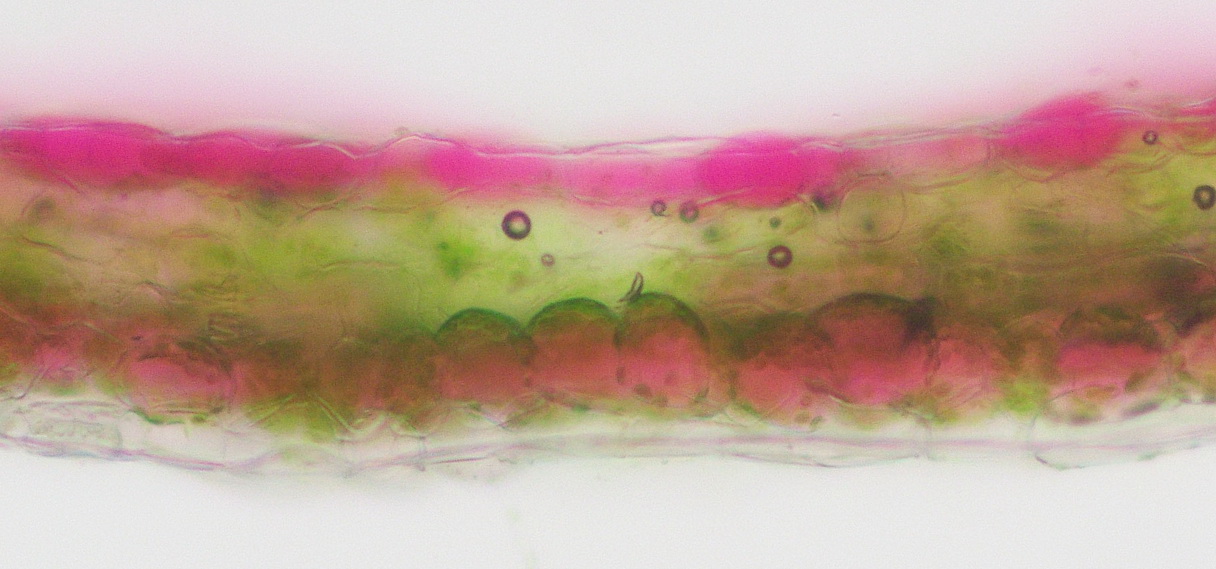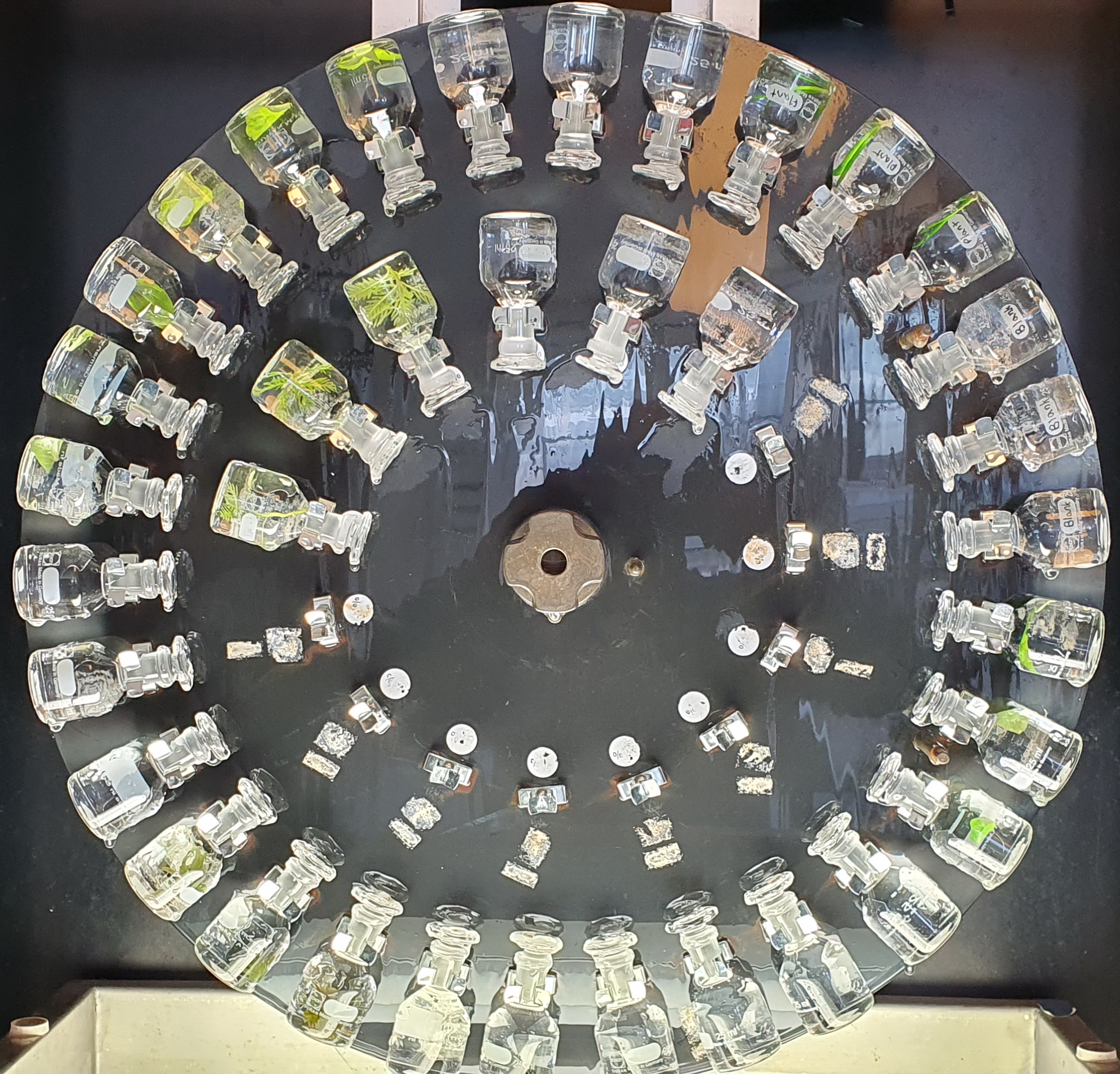Experimental class in underwater photosynthesis in first year biology
In our first-year biology course, General Ecology, we are running experimental lab sessions focusing on underwater photosynthesis. This exploration focused on the pivotal role of surface-area to volume ratio in facilitating efficient gas exchange, a cornerstone process in aquatic plant physiology.
Juan, our meticulous lab partner, ensured the accuracy of leaf cross-sections, elucidating the intricate anatomical features crucial for understanding plant adaptation to aquatic environments. Meanwhile, my role involved conducting precise oxygen measurements and meticulously interpreting resulting data sets. This analytical aspect of the experiment shed light on the dynamic interplay between structural adaptations and physiological function in underwater ecosystems.
The hands-on nature of this laboratory experience not only deepens the understanding of ecological principles among the students, but it also underscores the interdisciplinary nature of biology.
THANK YOU to Tropica Aquarium Plants for sponsoring the many aquatic species that we use in our teaching! All these plants are sustainably produced from tissue cultures to avoid the collection of plants from nature.

A cross-section of a leaf (Alternanthera reineckii). The students have to measure the leaf thickness of multiple species to calculate surface area to volume ratios and relate this variable to maximum underwater net photosynthesis.

The "wheel of fortune" is ready for incubation! The disc holding 36 vials with leaf segments (or blanks) will be lowered into a constant temperature bath and illuminated with 350 µmol photons m^-2 sec^-1. After 1 to 2 hours in the light, the oxygen production is measured using an O2 optode.
Juan, our meticulous lab partner, ensured the accuracy of leaf cross-sections, elucidating the intricate anatomical features crucial for understanding plant adaptation to aquatic environments. Meanwhile, my role involved conducting precise oxygen measurements and meticulously interpreting resulting data sets. This analytical aspect of the experiment shed light on the dynamic interplay between structural adaptations and physiological function in underwater ecosystems.
The hands-on nature of this laboratory experience not only deepens the understanding of ecological principles among the students, but it also underscores the interdisciplinary nature of biology.
THANK YOU to Tropica Aquarium Plants for sponsoring the many aquatic species that we use in our teaching! All these plants are sustainably produced from tissue cultures to avoid the collection of plants from nature.

A cross-section of a leaf (Alternanthera reineckii). The students have to measure the leaf thickness of multiple species to calculate surface area to volume ratios and relate this variable to maximum underwater net photosynthesis.

The "wheel of fortune" is ready for incubation! The disc holding 36 vials with leaf segments (or blanks) will be lowered into a constant temperature bath and illuminated with 350 µmol photons m^-2 sec^-1. After 1 to 2 hours in the light, the oxygen production is measured using an O2 optode.

